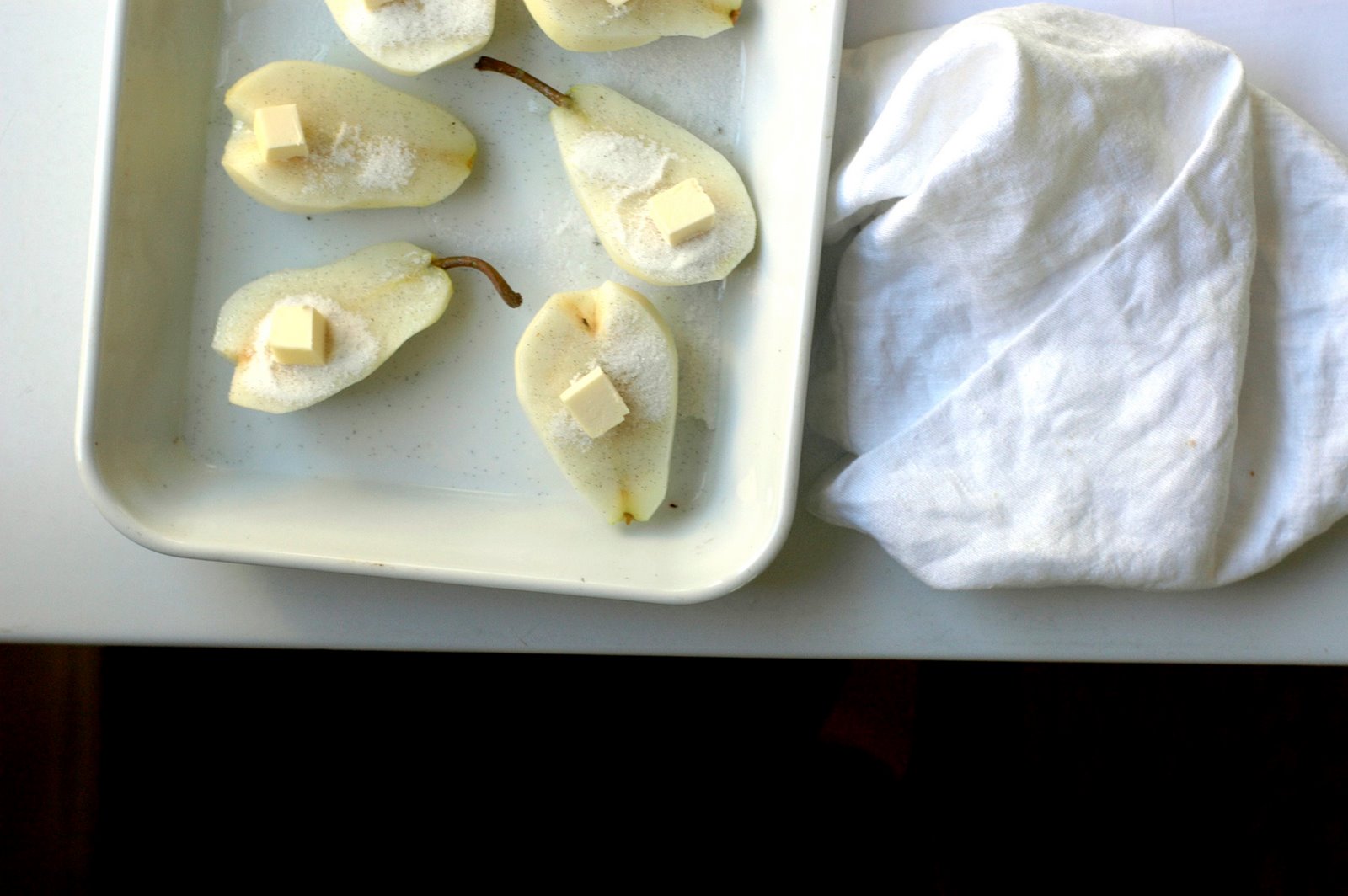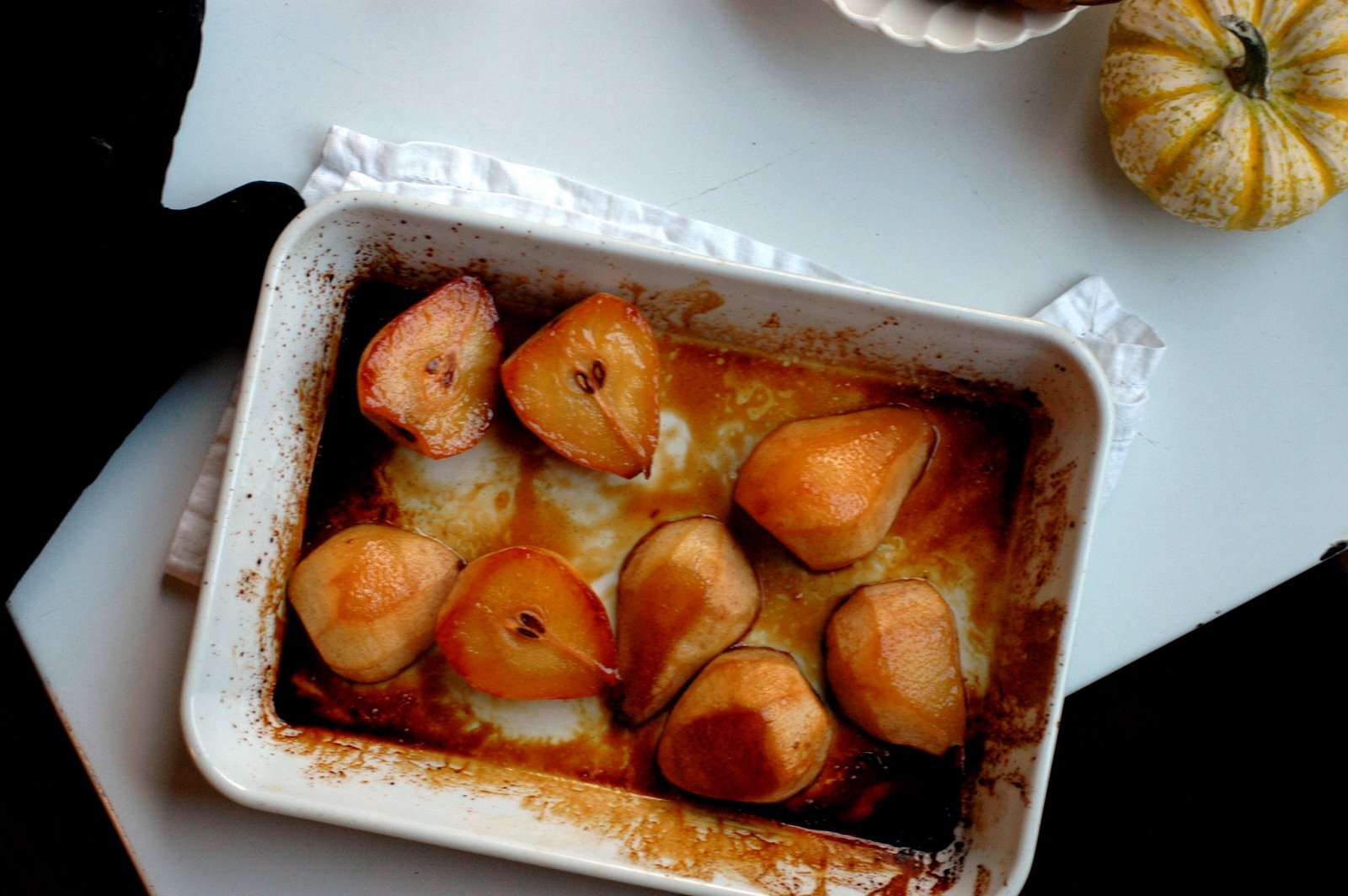So warm, so fragrant
Oh November, November, November.
What on earth am I supposed to do with you? You’re so confusing. I don’t know whether to cheer for you (Thanksgiving! Fuzzy slippers! Hot cider with cognac!) or hide under the bed (Chapped lips! Sunset at 4:46 pm! So! Much! Work! To! Do!). November, you’re a mess. You’re even worse than Brandon’s closet. You think I’m kidding, but I’m not.

Oh, people. Can it be true? Is it really November 5? Only 17 days before Thanksgiving? And did I really see that terrible ad for Lowe’s last night, the Christmas one with the giant snow globe and the dancing holiday turkey? (Also, did I really admit, by saying that just now, that despite our having proudly “given up” television last year, Brandon and I still pull the old box out of the closet every now and then, and that even though we canceled our cable plan, we found that you can use the old cable cord as an antenna, jiggling it and posing it just so until the picture is passably clear, except that it means you have to tiptoe back to the couch very, very carefully, or else you’ll disturb the whole precarious arrangement?) It can’t be possible.
I love November. It’s my mother’s birth month, so I really owe it quite a lot. I just don’t like what it means: the (almost) end of the year, the end of warmth (at least until spring), the end of daylight savings time, the inevitable ramp-up to all-out holiday craziness. I get tired just thinking about it. I need an eye pillow.

No, wait. Scratch that. You can’t get away with an eye pillow unless you’re a) Joan Collins, or b) on an overseas flight, and even then, it’s questionable. I’d rather have a roasted pear. They’re warm, for one thing, scented with vanilla bean and lemon. And with the way their little backs curve, it seems to me that they would fit perfectly, rounded side down, in the hollow of each eye. Doesn’t that sound nice? So warm, so fragrant, so soothing. They may be the best part of November, until Thanksgiving anyway.
I really could go on and on about these pears, and if my schedule this week weren’t giving me the shakes, I might. It’s a method I first heard about a few weeks ago, when Brandon and I were listening to The Splendid Table one Sunday over lunch. By the way, if you don’t listen to the show already, you really should consider it. Lynne Rossetto Kasper, its host, is so lovely. She’s quite contagious, in the best possible way. She has a wonderful voice – the kind fairy tales should be read in, I’ve always thought – and when she starts laughing, she sort of cackles and wheezes. I love her. I want to invite her to dinner. Anyway, on October 13, I think it was, she had Sally Schneider, author of A New Way to Cook and The Improvisational Cook, on the show. The two of them were talking and cackling and oohing and aahing about Sally’s recipe for roasted pears. It’s simple as can be: she just halves them, tosses them with sugar, butter, and vanilla bean, and then bakes them until they’re caramelized. My favorite part was when Sally told Lynne – with a slightly conspiratorial air – that a few nights earlier, she’d made a double batch for a dinner party, and one of her guests ate almost all of them straight from the pan before the meal was even served.
Having now made them, I can understand why. Pears are plenty fine on their own, but oh my, roasted pears are even finer. The dry heat of the oven intensifies their flavor, for one thing, and with a sticky, see-through sheath of vanilla sugar to boot – not to mention butter, ah butter – they almost make November worth the trouble. Almost.
Roasted Pears
Adapted from A New Way to Cook, by Sally Schneider
This recipe could be tweaked any number of ways. Roasted pears are just the beginning, really. Some thoughts and suggestions:
1. Try this method with other fruits. Think plums, apricots, peaches, apples, pineapples, strawberries(!), bananas(!), and even mangoes. Whatever fruit you use, it should be peeled (if there’s tough skin involved) and pitted (if it’s a stone fruit) and either halved or sliced ½ to ¾ inch thick. Softer fruits, or sliced fruits, will take much less time than harder or halved ones.
2. Sugar-wise, play around. You’ll see that the recipe below makes one cup of vanilla sugar, but you’ll only need a fraction of it. See what tastes right to you. I used ¼ cup, and it seemed about right. Whatever you do, you’ll have sugar left over, which just means that you’ll have to roast more fruit – darn! – or use it in another dessert. You could also try using honey or maple syrup in place of the sugar, but it would be a little harder to work the vanilla in.
3. Sally Schneider uses only two teaspoons of butter, which seems downright stingy to me, so I used two tablespoons. Watch out, Sally. You never know what I’ll do next.
4. I like the purity of using only vanilla bean here, but if you want a little added complexity, try dusting your pears with a pinch of cinnamon. Or maybe some cardamom, with roasted apricots. Or fresh thyme leaves with plums.
5. Cooked this way, pears get nice and tender, but they hold their shape and stay somewhat firm. They’re soft, but depending on their ripeness, they might not be quite as yielding as you’d hope. That’s my only beef with them: I want them to slump. If you’d like yours a little more tender, I’d suggest trying a couple of things: put more water in the pan to start with – maybe 1/3 cup – and/or try covering the pan with aluminum foil for some of the baking time.
1 cup granulated sugar
1 vanilla bean
4 medium ripe pears (about 1 ½ lb.), preferably Comice or Bartlett
2 tsp. fresh lemon juice
2 Tbsp. unsalted butter, cut into 8 pieces
Water
Preheat the oven to 400°F.
Place the sugar in a small bowl. With a thin sharp knife, split the vanilla bean lengthwise and scrape out the seeds. Add the seeds to the bowl of sugar. Using your fingers, rub the seeds into the sugar until evenly dispersed. (Discard the spent pod, or bury it in a canister of sugar – soon it’ll have a wonderful fragrance, and you can use it in most any recipe – or use it to make vanilla extract.)
Peel the pears and halve them lengthwise. Core them, if you like. (I didn’t bother, but it would make them easier to eat. Whichever you choose, leave the stems intact. They make for a pretty presentation.) Place them cut side up in a large baking dish and drizzle them with the lemon juice. Dust liberally with some of the vanilla sugar. (I used ¼ cup.) Dot with butter. Add 2 tablespoons water to the dish.
Slide the dish into the oven, and bake the pears, basting every ten minutes with the pan juices and turning them once or twice, for 40 minutes to 1 hour, or until they are glazed, cooked through, and very tender. The syrup in the dish will thicken and darken as it cooks, but if it evaporates too quickly – before the pears are ready – add a tablespoon or two more water to the dish. (I added 2 tablespoons at the 30-minute mark and another 2 at 40 minutes, stirring them into the caramelly pan juices with my basting brush.)
Serve warm, with ice cream, crème fraîche, or a glug of cream.
Note: I could also imagine serving these as a savory side dish to roasted pork or game, if you used some interesting spices and a light hand with the sugar.
Yield: 4 servings

